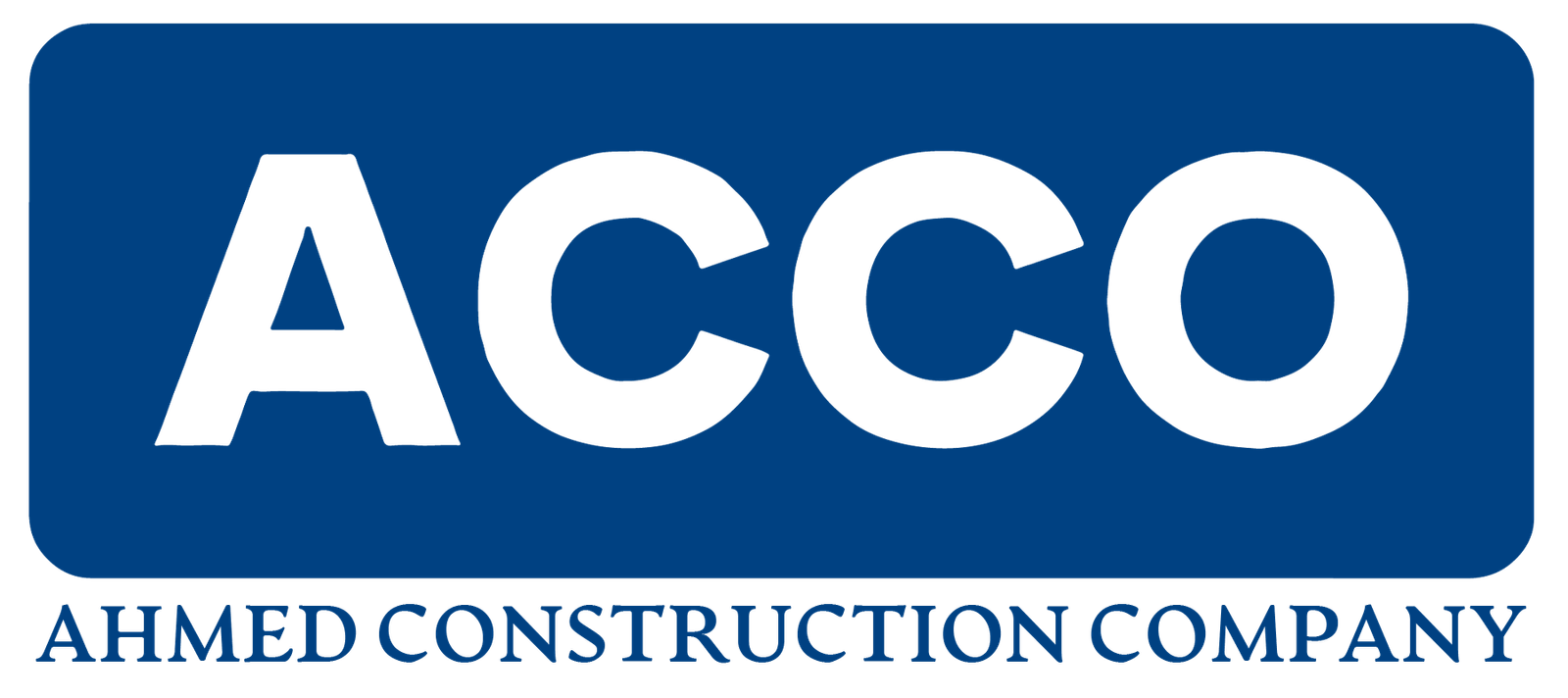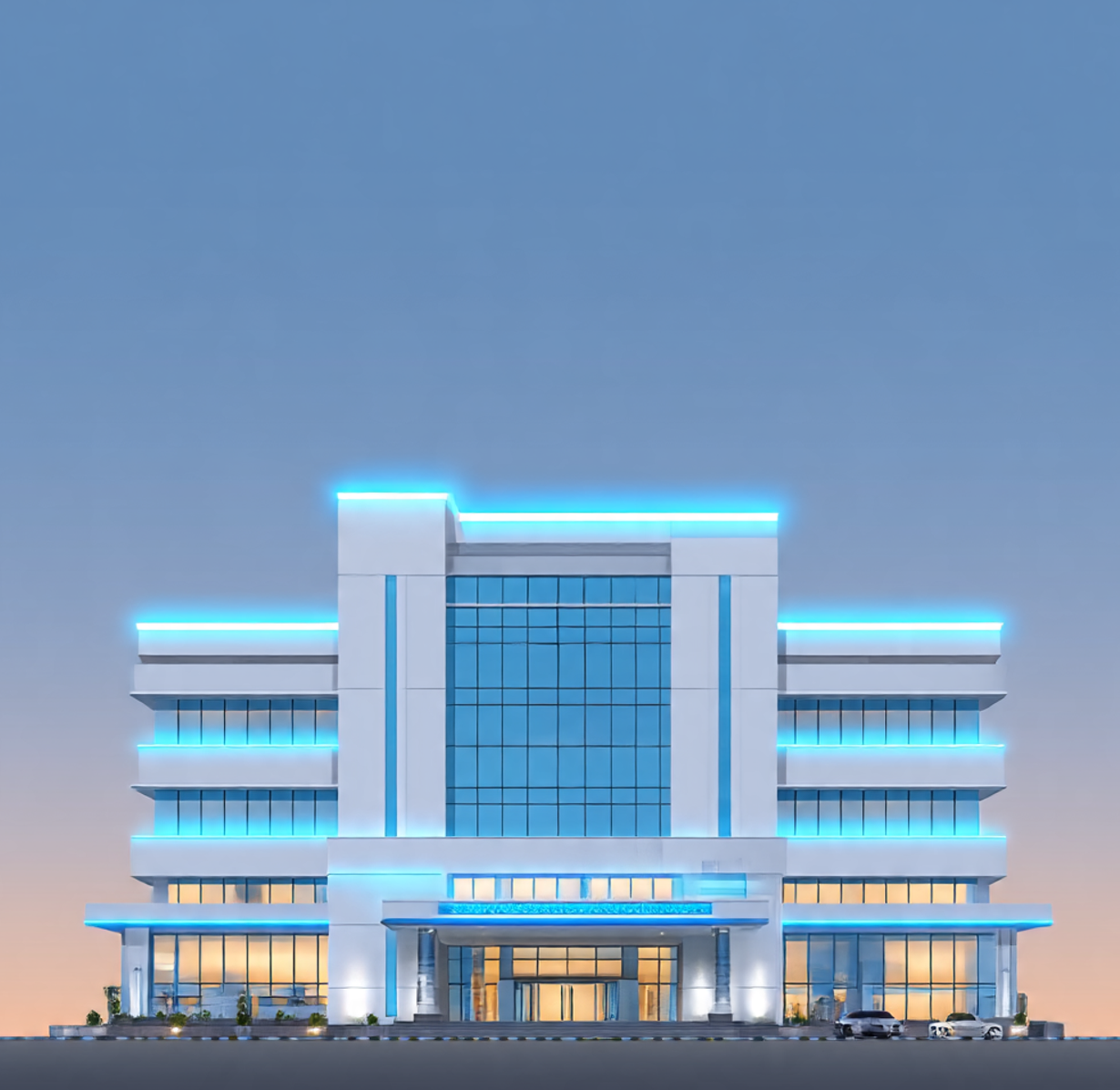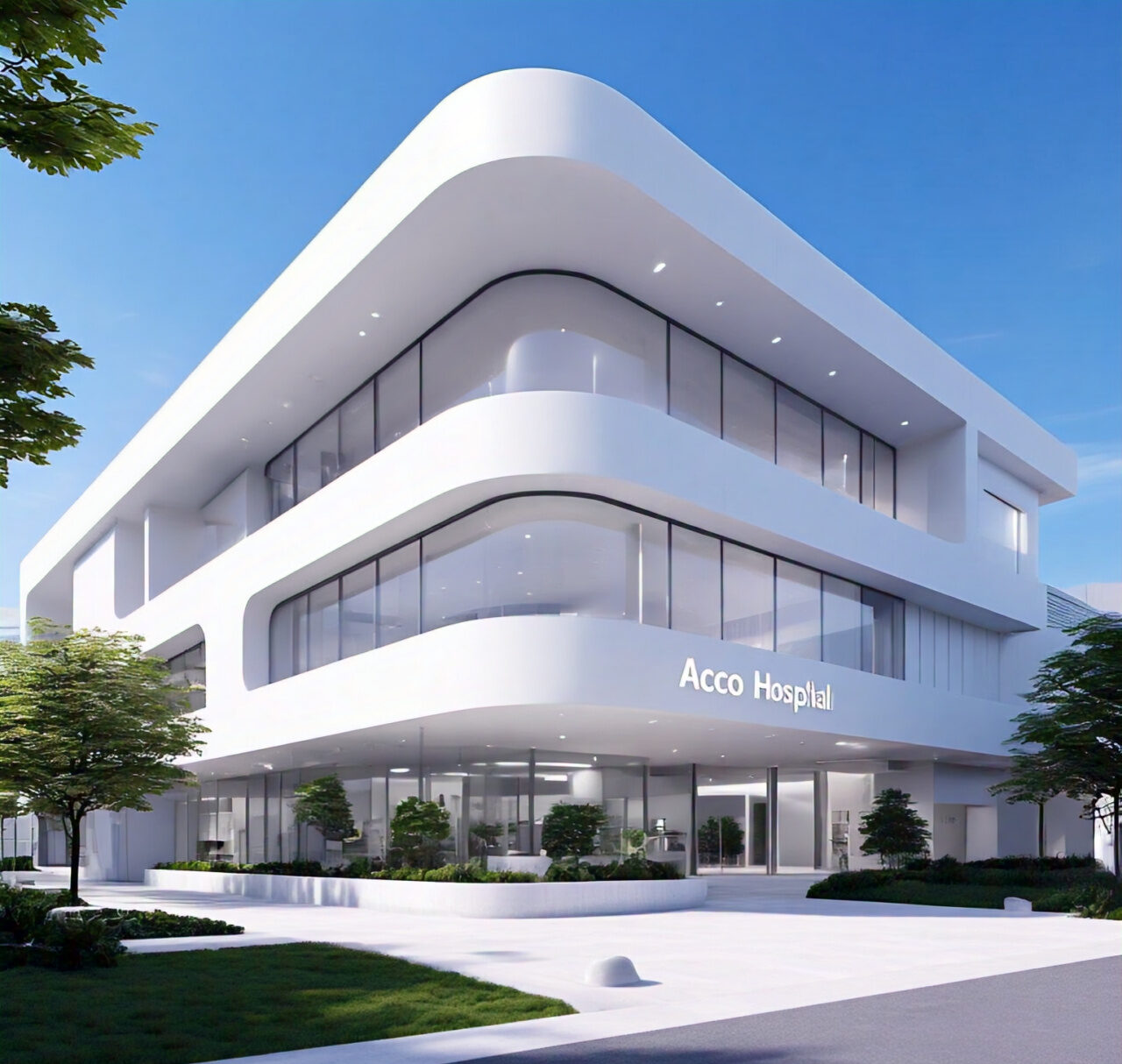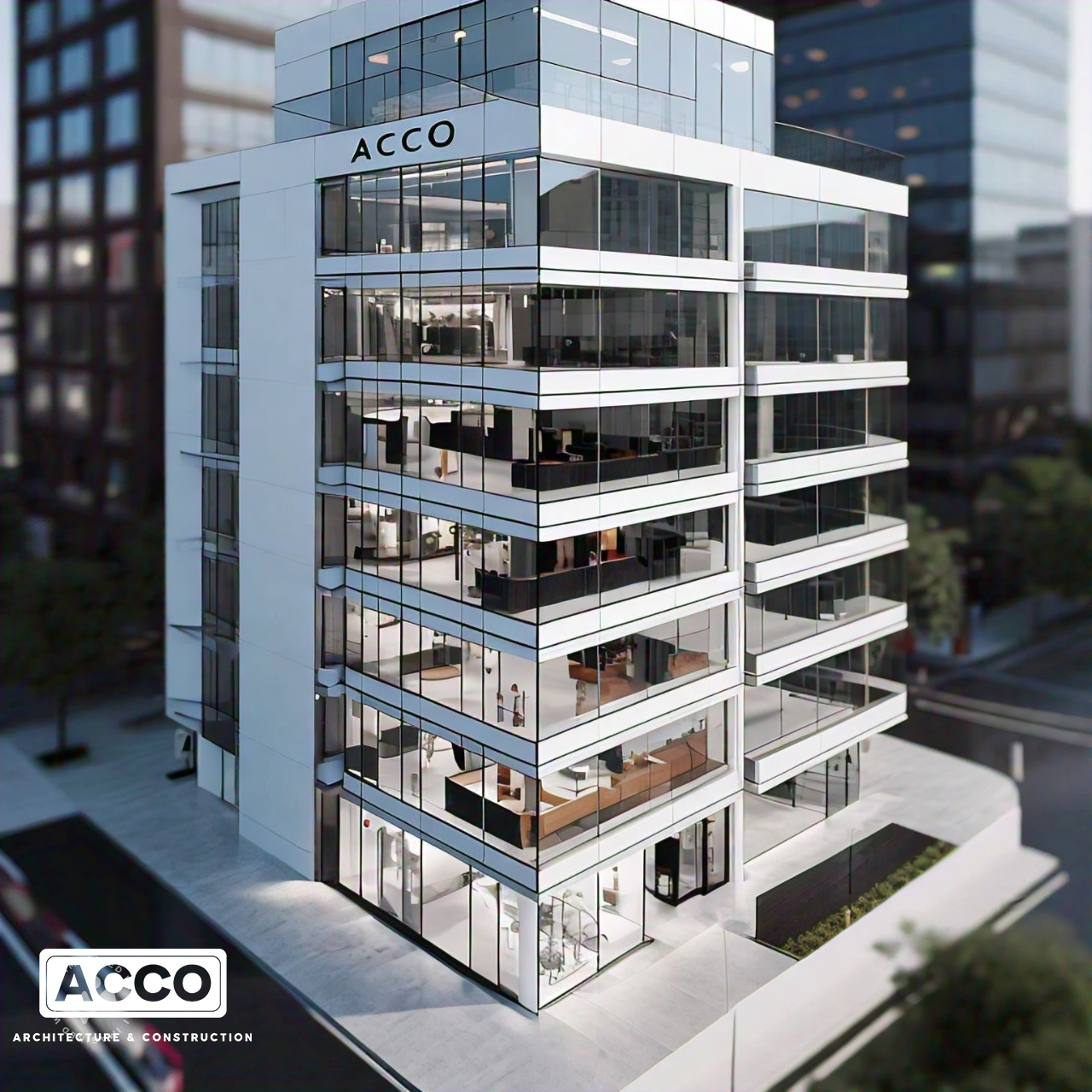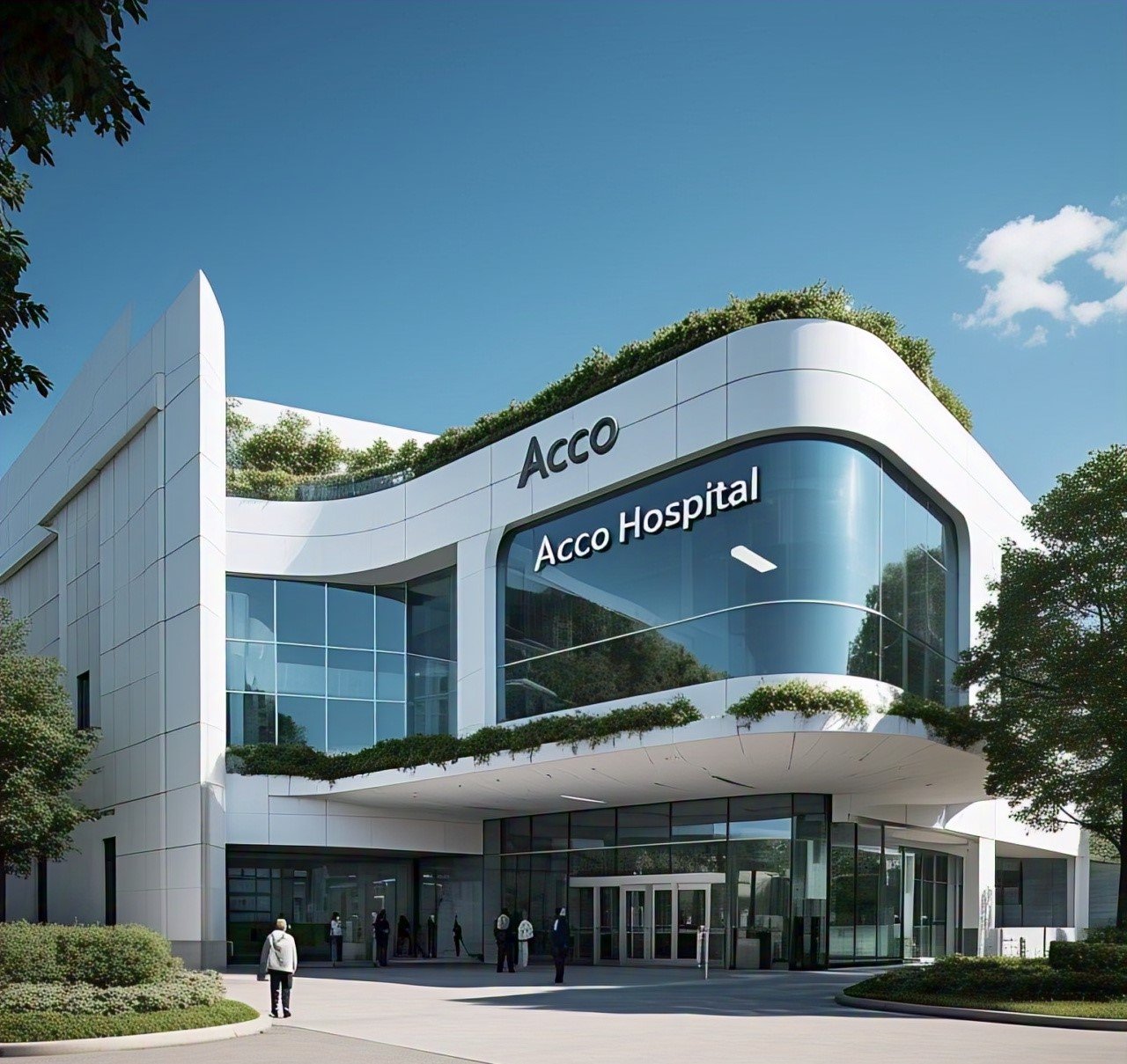
Hospital Design & Construction: A Comprehensive Guide
Introduction
Hospital design and construction play a critical role in healthcare infrastructure. A well-designed hospital ensures patient safety, operational efficiency, and adaptability to future medical advancements. This guide explores key principles, modern trends, and challenges in hospital design and construction.
Planning & Master Layout
Site Selection
A hospital’s location should consider accessibility, transport links, environmental conditions, and land availability.
Space Utilization
Efficient layouts help optimize patient flow, minimize congestion, and improve staff productivity.
Future Expansion
Hospitals should be designed with scalability in mind to accommodate future technological and capacity needs.
Key Considerations in Hospital Design
Patient-Centered Design
Hospitals should be designed to reduce stress, improve healing, and enhance patient comfort.
Safety
Fire-resistant materials, emergency exits, and infection control measures are essential for hospital safety.
Accessibility
Hospitals must be inclusive, featuring ramps, elevators, and wayfinding for people with disabilities.
Sustainable & Green Hospital Architecture
Energy Efficiency
Hospitals consume vast amounts of energy. Smart HVAC systems and LED lighting reduce power usage.
Renewable Resources
Solar panels, rainwater harvesting, and geothermal heating make hospitals more sustainable.
Eco-Friendly Materials
Using recycled, non-toxic materials improves hospital sustainability and patient health.
Challenges in Hospital Construction
Budget Constraints
Healthcare construction projects require careful financial planning to stay within budget.
Regulatory Compliance
Strict building codes and healthcare regulations must be met to ensure safety and efficiency.
Skilled Labor
Specialized labor is required for complex hospital construction, from HVAC experts to medical equipment installers.
Structural & Functional Zoning
Inpatient & Outpatient Areas
Hospitals must separate critical care units from general consultation and diagnostic areas.
Emergency Zones
Emergency rooms need direct ambulance access, triage areas, and fast-response capabilities.
Surgical Suites
Operating rooms require specialized ventilation, sterile conditions, and state-of-the-art equipment.
Integration of Medical Technology
Smart Equipment
AI-driven diagnostics and robotic-assisted surgeries improve medical care.
IT Infrastructure
Electronic health records (EHRs) and smart monitoring systems enhance efficiency.
Telemedicine Solutions
Hospitals must integrate telehealth capabilities to provide remote care services.
Safety & Disaster Preparedness
Fire Safety
Hospitals must have advanced fire detection, suppression, and evacuation systems.
Earthquake-Resistant Structures
Seismic-resistant hospital designs ensure patient and staff safety during disasters.
Cybersecurity
Protecting hospital IT networks and patient data is essential in modern healthcare.
Interior Design for Healing Environments
Lighting
Natural light enhances patient recovery and reduces energy costs.
Color Psychology
Soft, calming colors create a stress-free atmosphere for patients and staff.
Noise Reduction
Soundproofing materials and quiet zones improve the healing environment.
Case Studies of Successful Hospital Projects
Examining completed hospital projects provides valuable insights into innovative design approaches and lessons learned from previous challenges.
Cost Estimation & Budget Planning
Cost planning includes land acquisition, construction expenses, medical equipment, and long-term maintenance.
Regulatory & Legal Compliance
Hospitals must comply with local and international building codes, safety regulations, and healthcare facility standards.
Future Trends in Hospital Design & Construction
AI-Driven Planning
AI and BIM (Building Information Modeling) improve hospital design efficiency.
Modular Hospitals
Prefabricated hospital units offer fast and cost-effective healthcare facility solutions.
Smart Facilities
IoT-enabled hospitals integrate automation for enhanced patient care and management.
Frequently Asked Questions (FAQs)
1. What are the key principles of hospital design?
Hospital design should focus on patient-centered care, operational efficiency, and future adaptability.
2. How can hospitals be made more sustainable?
Using energy-efficient materials, renewable energy, and smart building systems reduces a hospital’s environmental impact.
3. What are the biggest challenges in hospital construction?
Budget constraints, regulatory approvals, and the need for specialized construction expertise are major challenges.
4. How does technology impact hospital design?
Medical technology integration, telemedicine, and smart hospital systems improve patient care and hospital efficiency.
5. Why is patient-centered design important?
A well-designed hospital enhances patient comfort, reduces stress, and improves recovery rates.
6. What are the future trends in hospital construction?
AI-driven planning, modular hospital construction, and smart healthcare facilities are shaping the future of hospital design.
Conclusion
Hospital design and construction require a balance between functionality, sustainability, and innovation. By integrating modern technology, energy-efficient solutions, and patient-centered design, hospitals can provide better healthcare services and adapt to future medical advancements.
